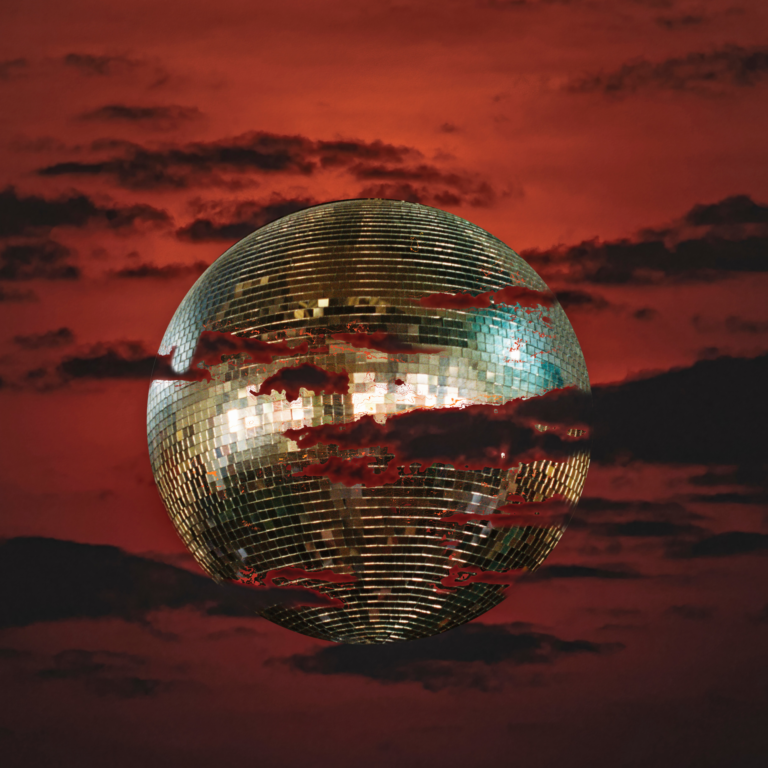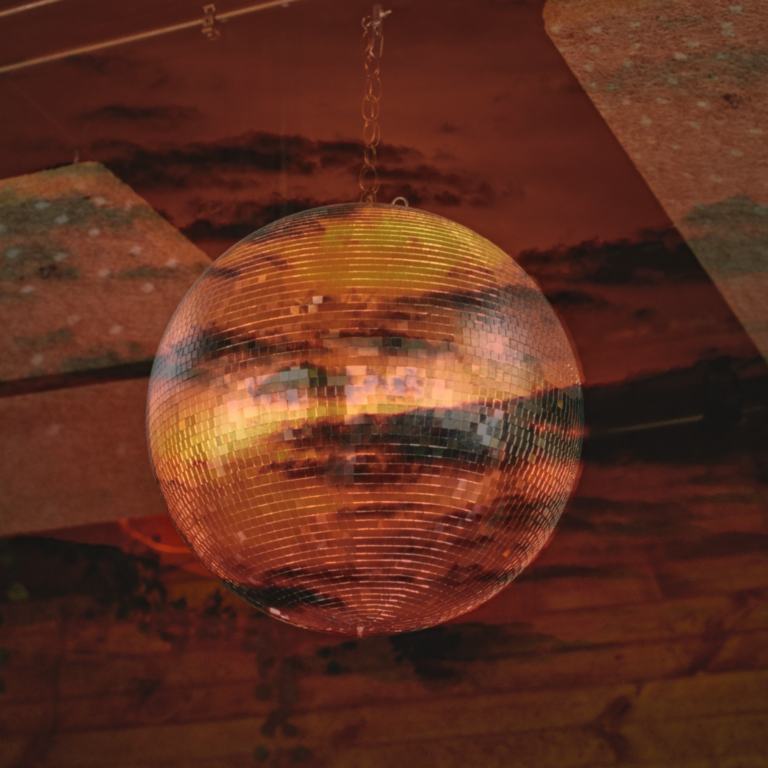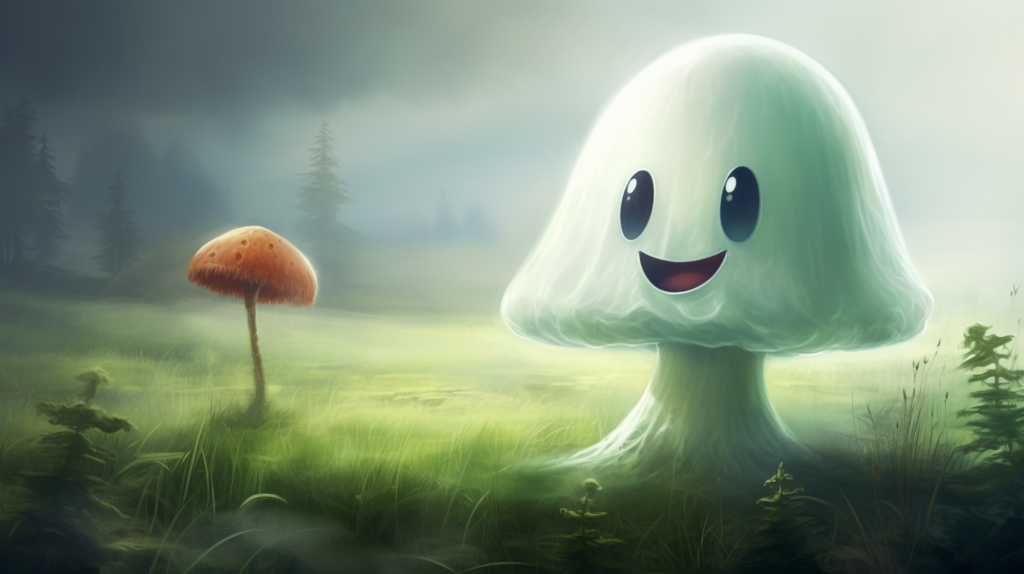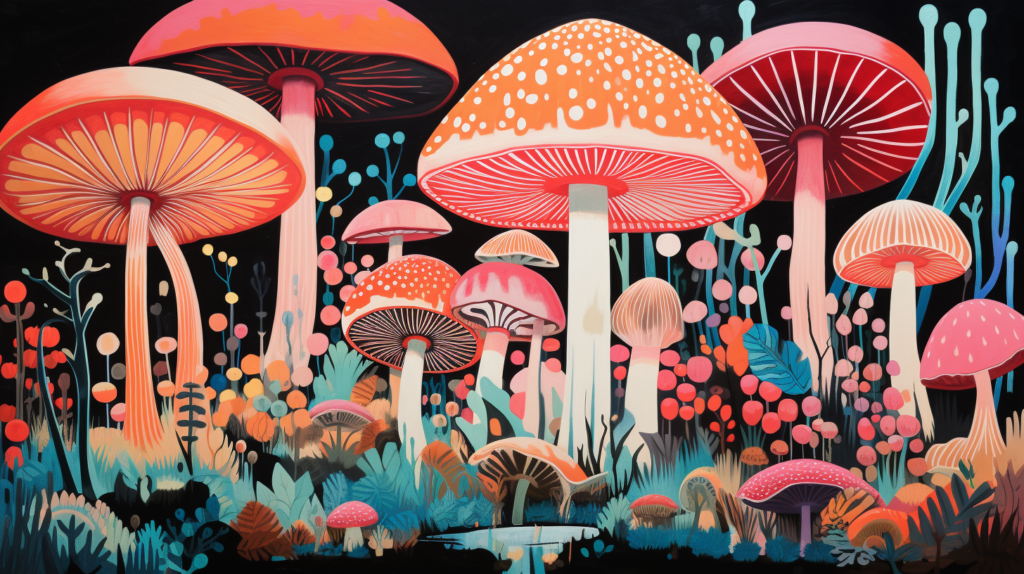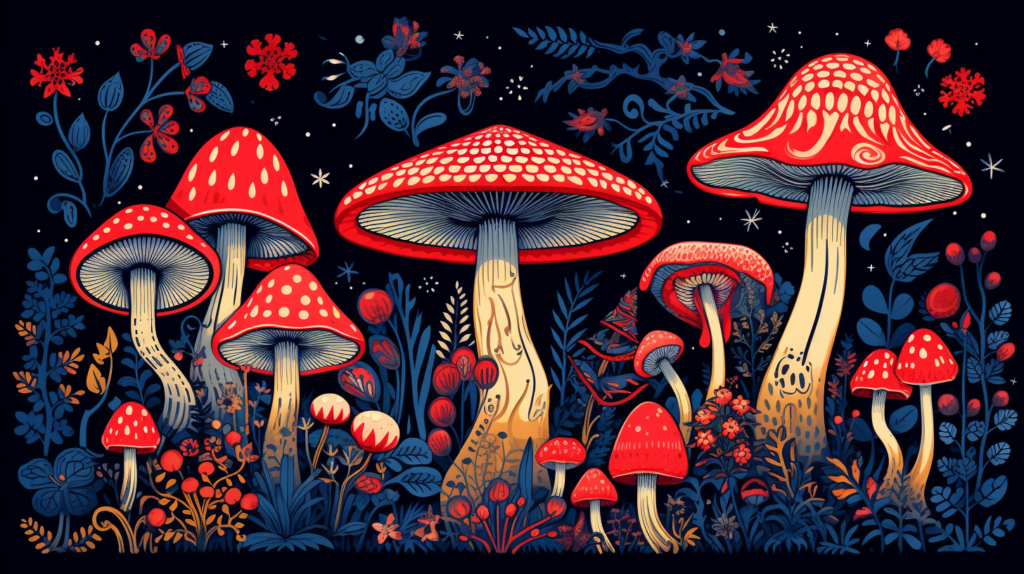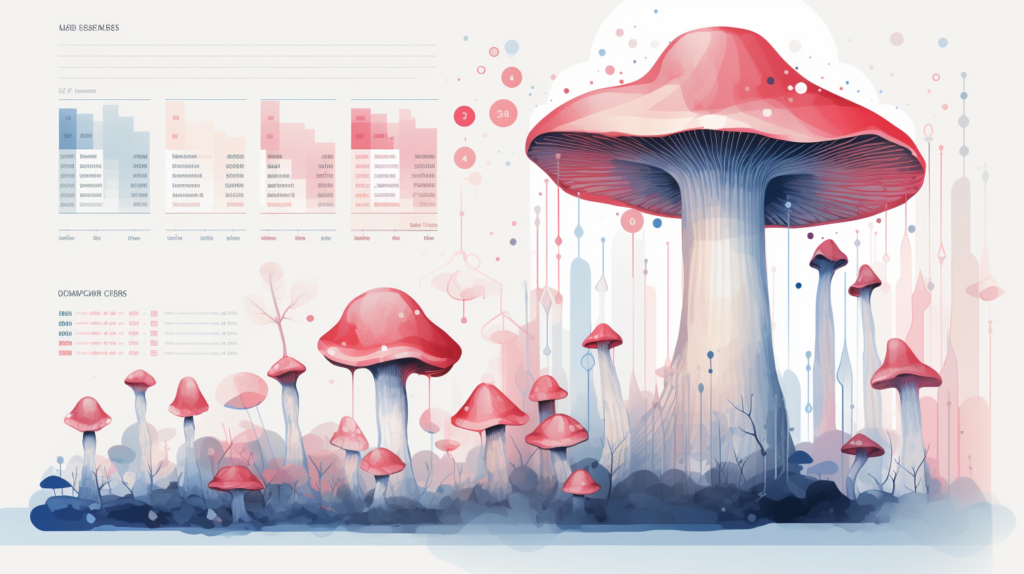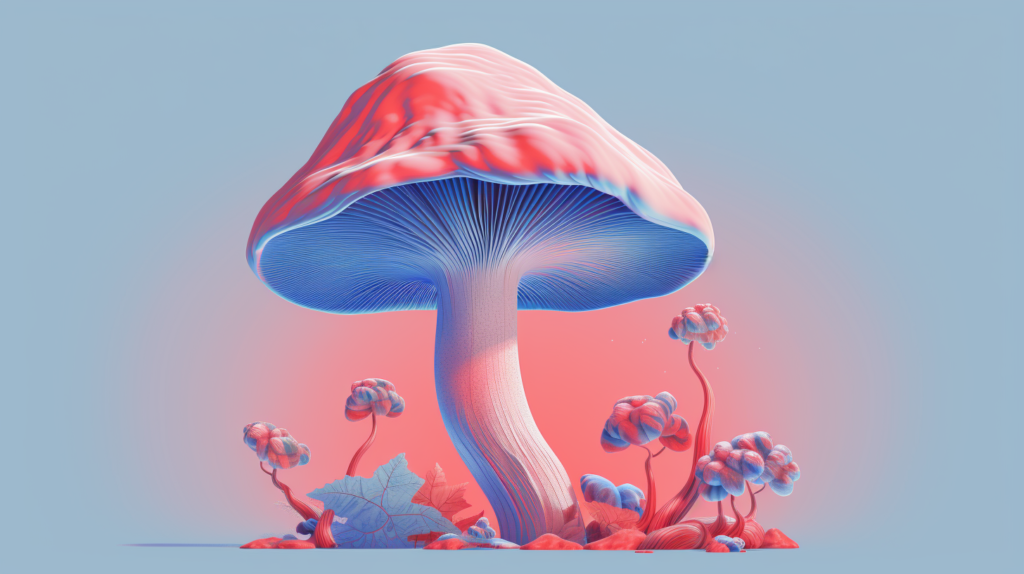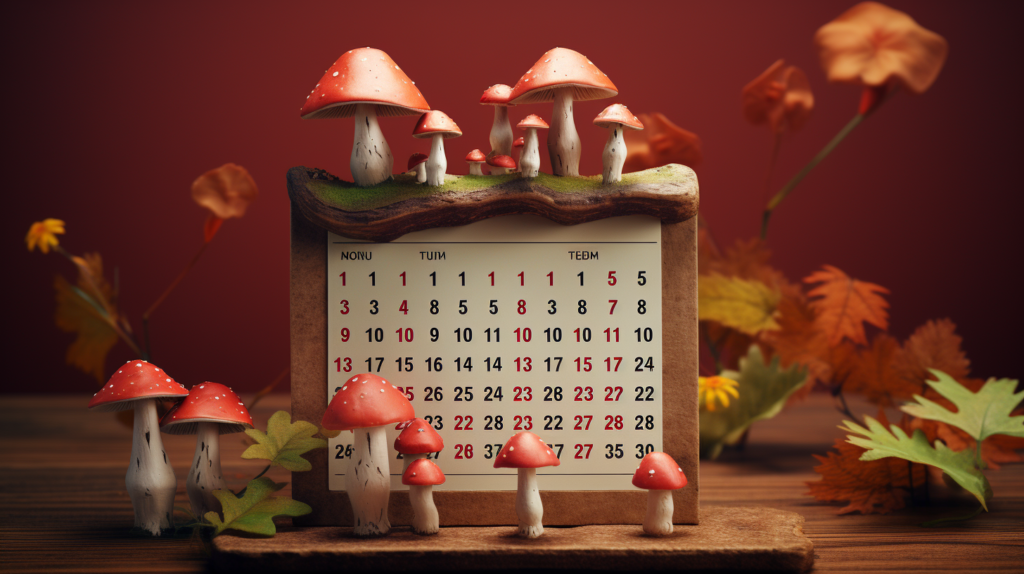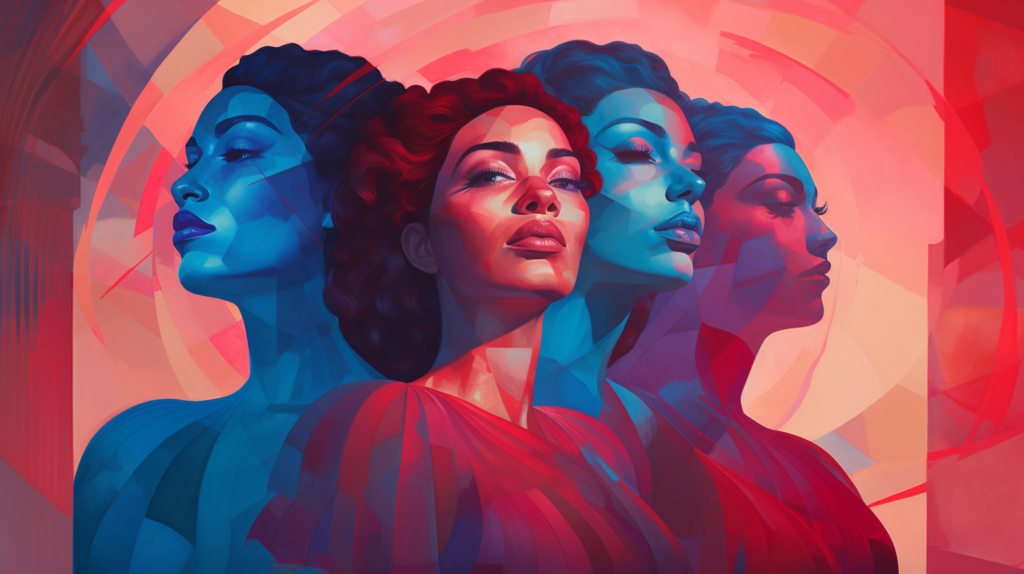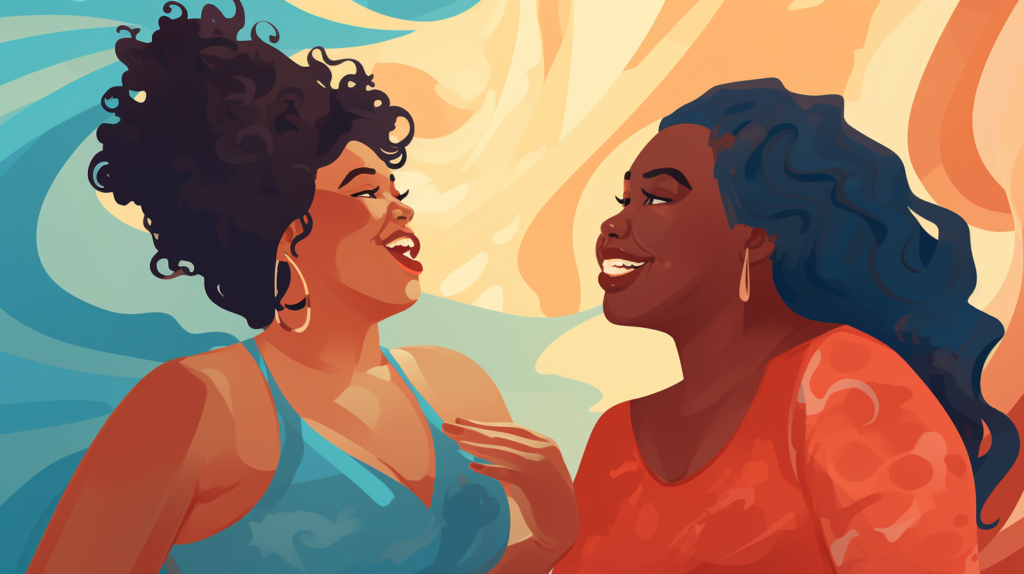0:00:00.4 April Pride, host: This podcast discusses cannabis and is intended for audiences 21 and over.
[music]
0:00:10.1 April Pride, host: The High Guide presents Psyched Audio in partnership with Patchworks. I’m your host, April Pride. This is the integration episode following last week’s journey, which I actually completed this week on Halloween and I’ll share more about my pod-pen of choice as well as dosage set and setting later in the episode. First, let’s listen to my interview with the audio composer behind the High Guides, the very first episode of Psyched Audio.
0:00:35.7 Tom Butcher, Patchwerks: I want music to make me feel something, and also the things that I create… For me, it’s like it’s an invitation to come into my world. In a way, I create this world and I want you to be part of it.
0:00:47.7 April Pride, host: I wanted to work with you because I knew you knew more about audio than I did, hands down. Not only from, how do we do this? What does this… I was gonna say, what does this look like? What does this sound like? But also, I firmly believed that it was about the person creating the sound and how their energy would connect with the person listening. That’s why I asked my friend Tom Butcher who you just heard from at the top of the show to help bring Psyched Audio to life. The exact reason is because he and I have enjoyed many nights under the influence surrounded by great music and equally great friends. There was a particular moment on the dance floor in a basement club with a concrete floor where we both danced like forever to this DJ who loves ’90s R&B almost as much as Tom and I. Tom is a lifelong Music Maker and disciple. After working on AI-generated audio at Microsoft music, he followed his passion and co-founded Patchworks, a Seattle-based electronic music retail store, both brick and mortar here in Seattle as well as online. Listeners, Tom shares a bit about the electronic music enthusiasts who visit Patchworks.
0:02:06.4 Tom Butcher, Patchwerks: A lot of people just wanna have fun and play. That’s actually the majority of what our customers… And Hey, you know what, that’s me too. I wanna have fun and play and get into a Sonic world, and we can help with that, we say our mission is to connect people with joy through the expression of electronic music, since it’s really about the connecting with joy. That’s the main thing.
0:02:31.5 April Pride, host: And the same mission holds true for the first episode of Psyched Audio that aired last week. Tom composed a piece intended to connect listeners with joy while under the influence of plant medicine for our work here at the High Guide, of course, Tom is a person that made this happen first all, and I want a heartily and humbly thank Tom for hearing my idea, getting the vision and getting behind it. Where do psychedelics and electronic music intersect?
0:03:00.6 Tom Butcher, Patchwerks: Yeah, well, I do think there’s an interesting affinity with electronic music and psychedelics. If you go back and look at the first acid test parties on Don Buchla was present, and he was one of the innovators of electronic music instruments, he created the Buchla music synthesizers. The general high-level view of what a synthesizer does is it create sounds from electricity, whereas a traditional instrument create sounds through vibrating air, it actually started with the invention of the microphone and the speaker, the loudspeaker, which are essentially the same idea there being… There’s a transducer that vibrates the air or vibrates in turn with the air, and there’s a little coil around a magnet essentially, and the vibration of the air gets translated into electrical current, so that’s what enabled the telephone, that’s what enabled all this technology. Along the way, someone decided, “Hey…,” or had the idea, “Well, what if we just use something to generate tones”, in that very pure tones can be really just amazing to listen to, and you don’t get that from anything else, except a synthesizer, you can get… Like acoustic instruments have very rich harmonic profiles that allows you to distinguish, this is a guitar, this is a piano and so forth, just by hearing a few microseconds or milliseconds of it.
0:04:48.7 Tom Butcher, Patchwerks: But if you listen to a sign wave it by definition has none of those harmonics, it’s just the one tone and the purity of that… I find a lot of spiritual in a way, it’s so pure, there’s nothing… In fact, there’s a French mathematician Fourier, who basically invented all this digital signal processing that everything uses today whether your cell phone or all this electronic stuff, but it’s the idea that any tone, any signal can be comprised of different layers and different frequencies of that one sign wave, so everything in audio is built from that. So to listen to that purity, it’s like that… That is it. That is the essence, that’s the universe so the challenges…
0:05:51.2 April Pride, host: Am looking at, like, five synthesizers behind you, and that’s probably those are probably just the ones I can see, right?
0:05:57.6 Tom Butcher, Patchwerks: Yeah, that’s right, down here in my music studio, which I have in my basement of my home, and yeah, I started collecting synthesizers when I was a teen.
0:06:08.8 April Pride, host: What is the difference between them?
0:06:12.8 Tom Butcher, Patchwerks: They all have their own character, and the way I thought about it, building my studio over the years was… I wanted to have the widest palette of colors to paint with, and they all have their own personality as well, and what makes it an instrument, what makes me wanna pull up next the thing and play it for hours. Again, the way I like to think about it is, they all produce tones and sounds in their own ways. And the way I like to work is by layering sounds together and mixing them together. And to have the widest palette, think of them as different colors.
0:06:53.0 April Pride, host: I sat down with Tom and asked him about his process for creating this first piece of Psyched Audio.
0:06:58.7 Tom Butcher, Patchwerks: The way I work is really emotional, I just kind of got… I use my feelings to guide what I do. And I have worked before by making a map. That might have been a different approach, make a map, start slow, build up, have a denouement. Like a story word or a novel. But for whatever reason I chose, I didn’t choose to work that way this time around. And I really liked the idea of this being a springboard experience. My part of it as the composer being a springboard experience into whatever world you choose to place yourself in.
0:07:44.9 April Pride, host: The idea is that it’s silent disco act where you put on headphones and you are essentially at a rave, and everyone’s listening to the music. But it’s not, if you take your headphones off, you can’t hear a thing. And so that was the idea is you put your headphones on, you walk down a street, where trick or treaters are doing their thing, and you get to take in the sights, but you’re bringing your own soundtrack. And that’s what you provided, you provided the soundtrack for that.
0:08:13.4 Tom Butcher, Patchwerks: Yeah, well, so my piece is composed in three main parts, and the listeners probably can discern that. The first part has some rhythmic elements. And it’s pretty sparse going. The second part has, like I mentioned before, the really rich drone tone, that builds and builds and builds, along with that manipulated wind chime sound. And then the third piece is sort of like a coda on the first where it contains similar elements. It’s a little more developed. But each of those three segments are, you know, they’re separated by undeveloped sound. I wouldn’t say it’s, I mean, undeveloped, maybe it’s not the right word. Pauline Oliveros is a well-known electronic music composer who, her big thing was called deep listening, where in everyday life, you can choose to pay more attention, if you want to. I mean, some people call it mindfulness in a way, auditory mindfulness.
0:09:24.5 Tom Butcher, Patchwerks: And it’s the idea that, you can stop motion, and slow down, and just listen. And the world reveals the soundtrack to that, usually, is obscured through your daily activities. So, yeah, to leave the listener after a big crescendo of energy, hopefully, to like, open the eyes and say, Well, where have I chosen to place myself and what sounds are there? Whether it’s nature, that’s always a rich source of inspiration. But also banal, you could be on the bus. There might be a rhythm of the clacking road that you’re on that becomes interesting. It’s not that interesting to listen to, like something very developed continuously, you know, what I mean? Like, it’s about highs and lows, it’s about being present, and letting go, it’s about, like, kind of two, like working with the two extremes of any dimension really, it’s not to get so deep but it was really, some of those moments might be a little intense for the listener, especially, employee with the rhythmic elements a lower tempo, but then there’s like double-time elements that come into play at the end of the first and third segments. So that’s where the rhythm really picks up and starts to get more energetic. It’s intentional to kind of leave you with a bit of a calm down period. There’s magic and leaving you with, not under-stimulation, but just more room to fill in the blanks yourself. Right?
0:11:22.8 April Pride, host: Right.
0:11:22.9 Tom Butcher, Patchwerks: So some of the more minimal parts are about that.
0:11:28.0 April Pride, host: Yes, sound is powerful. We always talk about getting high and listening to music, right? Like those two things are like peanut butter and jelly. And so when I first thought about audio, I immediately, I thought audio, audio, we wanna have audio adventures. And then I started working with videographer [laughter] I started bringing video into it. And it just distracted from wanting to tap into something inside of me that I didn’t know was there versus looking at something. And that directing me as to what my attention is, What I’m inspired by. Sounds are a little sneaky in terms of being inspired by them, right? ‘Cause you… It’s almost like a smell, you don’t know when a memory is going to be triggered based on something that you hear. And without a visual to say, yes, what you’re feeling is true or not true, because it looks like this, or it comes from this, you’re really left to your own devices to either trust that what you’re hearing is safe, or maybe somewhere deep inside, you’re suspicious of that sound. And it may, like I said, it could trigger something. So focusing on sound I felt would allow a listener, a person to really focus on themselves. We look at things all the time.
0:12:55.8 Tom Butcher, Patchwerks: Yeah, absolutely. And just to… Another comment on that is when we were discussing these journeys, I remember you saying for this one in particular, it’s gonna be Halloween time and you’d like for people to be able to go out on Halloween and take in the sights and the sounds and seeing what’s going on around you. So I designed this piece to mix within that context, so where it’s not taking over your whole ear. Your ears completely, it leaves room for what’s going on outside.
0:13:30.6 April Pride, host: And outside is where Psyched Audio is intended to take place. Because I was momming during trick-or-treating hours, my Halloween began after 9:00 PM. I completed the journey Tom composed as I had programmed to be outside, take in the sights, chew Psilocybin and keep the dose on the low end of the standard dose range, three and a half grams. It was a school night after all, a friend and I thoroughly chewed whole fruit bodies of mushrooms before swallowing and after close inspection to take in the oyster shell-looking fungi. We chose a strain called Avery’s Albino, which is a true albino strain, meaning its spores are even white, not really the blue cheese effect that I described in an earlier episode. And it’s a strain of the Cambodian strain. So its potency is described as having long-lasting physical high. [chuckle] Yes, that is in fact true. It’s a magical mushroom for experienced consumers due to its intense and quick come-up effects. What we experienced was a total derailment of our plans to go out and socialize after the audio-enhanced nature walk. The physical high was long-lasting, and in fact, it was like nothing I’ve experienced in a while, I was so relaxed that I couldn’t stay vertical after a couple of hours of pretty cool visuals.
0:14:57.4 April Pride, host: And I had to be heavy, I had to lay my head, so it was the perfect scenario to take in Kiki’s Delivery Service, which I almost finished before my curfew. And I have to say, I don’t usually watch movies when I trip and I never watch cartoons, but I can usually motivate even when under the influence and this was just like Invasion of the Body Snatchers, I couldn’t move, which was okay, but I think the idea was that we would go out and dance and I would not ever consume this strain with that in mind again. The effects of Avery’s Albino are described as, “Users experience mood elevation, euphoria and excitement within 10 to 30 minutes after use.” Yes, definitely a fast onset. We absolutely felt the calm that comes over you and the distorted sound, the source of sounds that gets distorted that you can experience when your high begins to take hold, yeah, about 30 minutes in. Also effects depending on your dosage level, you can experience mild to intense visual improvements.
0:16:05.9 April Pride, host: The visual improvements were tolerable, not too intense, because I guess it was at the low end of the standard dose. What isn’t listed here is that just as my body was heavy, so too were my thoughts. I’m a ninja at navigating the landmine of non-supportive thinking that can occur, but what I realized is that all my societal-related concerns were real and of real consequence, thank goodness for the good-natured Kiki to bring levity to an intense internal dialogue. My take away is that the next time I need a higher dosage and lower expectations from my output. Just days prior, I had interviewed Tom for this episode, I was able to intellectualize the audio because I was in my head referencing our conversation versus just deeply listening which I had done several times prior to speaking with Tom. So for listeners, I would absolutely recommend listening to journey one again after listening to this behind the music integration episode to see how it affects how you take in and think about the music while you’re under the influence. The audio starts off with sounds from nature and did you go out and record those sounds?
0:17:34.3 Tom Butcher, Patchwerks: [laughter] I did not, no, it was taken from a person who spent a lot of time in the Brazilian rainforest, so that’s what those sounds are and I’ve never been to the Brazilian rainforest. I know what our forests sound like and this one’s a little different, and I also use some compositional techniques to manipulate the sounds, there’s certain effects going on, so it’s like augmented rainforest a little bit enhanced I would say. So yeah, I wanted it to have some familiarity, but also to be different enough to where it made you think, “Okay, there’s something else happening here.”
0:18:17.2 April Pride, host: It’s brilliant, because you knew the inspiration was for people to be outside, so then to start with sounds that feel appropriate for being outside, even though the outside that we’re in which is very rainy, it is like a rainforest here but not quite a Brazilian rainforest, the sounds may be different than what we would truly experience, but it feels, again, appropriate for being outside.
0:18:43.8 Tom Butcher, Patchwerks: There’s certain kind of engineering and sound techniques that I found interesting when I was under the influence, such as phasers, manipulating time really is what it comes down to. And with electronics, with composing as an electronic musician, you can manipulate time in many different ways and many different scales. So for example, you can reverse time, you can slow down time, you can speed it up. So I was using nature but employing those techniques to sort of augment nature in a way. The second third of the piece has a growing undulating but really rich tone that starts low. And it’s…
[music]
0:19:49.1 Tom Butcher, Patchwerks: It’s we call it a drone. It starts low and it just rises and rises. And I knew I wanted to incorporate that technique because to me it’s like an inner reflection, but in an energetic and self-reassuring sound. It’s hard to describe, but I just find it very centering. It’s the same tone, it’s literally the same tone for about 10 minutes, but it changes a little bit.
0:20:27.4 April Pride, host: I feel like that’s the peer part of the piece that reminded me of wearing a weighted blanket or being under water, and you can hear people above the water when you’re under the water. I remember having that sensation in the middle of the piece [0:20:44.4] ____.
[overlapping conversation]
0:20:44.7 Tom Butcher, Patchwerks: Oh, that’s cool.
0:20:46.1 April Pride, host: Yeah.
0:20:47.2 Tom Butcher, Patchwerks: That’s cool. Well, it is a very warm tone. A lot of… It’s a little bit cliche in the audio world to say something’s warm, but I find I… I mean that in the literal sense. I find it like this warm, reassuring, enveloping tone, and because it doesn’t change you can just lose yourself in it. And it becomes somewhat entrancing. So there’s a part that has a wind chime sample that bends.
[music]
0:21:48.6 Tom Butcher, Patchwerks: It starts from nothing, it starts from zero, stasis, but then it starts moving slowly, and then it gets faster. And then there’s another technique I used in the piece that has to do with brain waves essentially. So this is all theoretical, first of all, but the idea is that tones in certain frequencies can induce brain waves. And there’s several different states of brain wave activity that can be clustered to the frequencies that the brain waves have. This is an idea that you seeded with me April. And to be able to accomplish that, you need precise control over the different frequencies involved. And without getting too technical, a lot of the digital machines they’re based on… They’re computer-based machines, you can control those frequencies very precisely.
0:22:51.5 April Pride, host: And stay tuned in a future Integration Episode when we’ll further explore the effects of sound on brain waves.
0:22:58.2 Tom Butcher, Patchwerks: And the final third of the piece that I composed, it starts off in the state, not stasis but a very low frequency, and then it brings you forward up from the tranquil to the focused and hopefully from that to an energized place. And I used a synthesizer. There’s a continuous tone through that whole part, it’s not completely obvious, but it’s there. And the idea is it starts undulating very slowly and it builds through the piece, and it rises to a place where, I was hoping, it left the listener with inspiration and energy.
[music]
0:24:40.6 April Pride, host: So, you may recall that my first response to the piece was, it was really energetic and I felt like I needed to slow it down, and I think that’s because that’s what I ended… It ended energizing me, and you and I hadn’t talked about… We hadn’t had our tete-a-tete in terms of what inspired you and how you put it together, and what outcome you wanted for the listener as they progressed all the way through to the end and where you wanted them to be, when they were going there, where they ended up. So that’s interesting to me because I forgot about all the other two-thirds of the piece, it was more like, “Oh shit, I chose the wrong medicine for this, maybe I should be doing something that is energetic and I should lean into that more”, but really the idea was to get you there regardless of what plant medicine you chose to consume. You were going to help facilitate an energetic finish no matter what’s launching you, the springboard. Because it’s 30 minutes, and as we know, most trips are longer than that, and… So you really knew that if time was going to be…
0:25:53.3 April Pride, host: If it were going to be an abbreviated experience then it… Where did this come into the trip? I think you and I both agreed that you want to deal with technology in the beginning of your trip when you’re not quite there, versus trying to fumble through your phone and figure out how you’re gonna do this audio adventure when you are already definitely tripping. And if you’d like us to email you a menu and our recommendations for trusted plant medicine, message us at the email address listed in the show notes. Also on our show notes is more information on how to find our production partner for the series, Patchworks. Either here in Seattle in real life or online.
[music]
0:26:38.3 April Pride, host: Thanks for listening to this episode of the High Guide, and tune in every Friday for a new episode, covering all things plant-based pleasures. Subscribe and follow wherever you listen to podcasts, and we don’t just get good ear here at the High Guide, see us at our most funny on Instagram, where you can find us @thehigh.guide and online at our website, thehigh.guide, is where you’ll find the best advice from all your high guides and where you can sign up for our newsletter.


